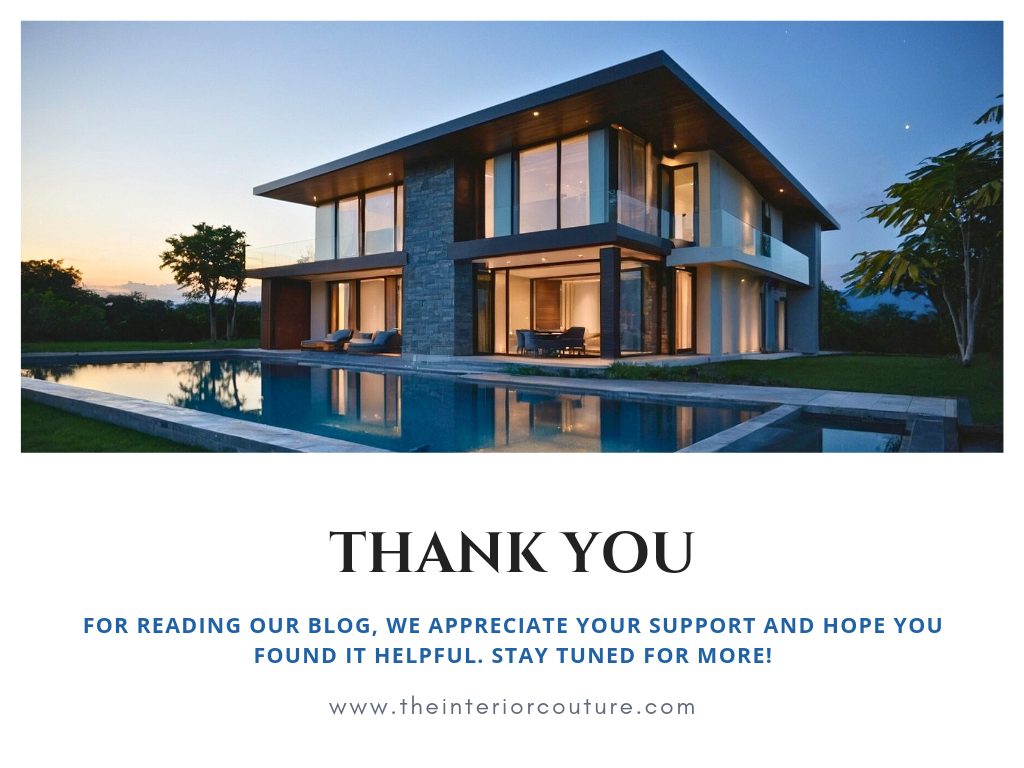Table of Contents
Designing your dream home can be an exciting yet daunting task, especially if you’re new to the world of architecture and interior design. But don’t worry! This guide will walk you through the basics of house design, from understanding different styles to planning your layout. Whether you’re interested in a modern house design, a simple single floor house design, or a low budget village house design, we’ve got you covered.

Understanding House Design Basics
Before diving into the specifics, it’s essential to grasp the fundamentals of house design. House design involves planning the layout, structure, and aesthetics of a home. It encompasses everything from the placement of rooms to the choice of materials and finishes.
Key Concepts:
- Layout: The arrangement of rooms and spaces within the house.
- Structure: The framework that supports the house, including walls, floors, and roof.
- Aesthetics: The visual appeal of the house, including style, color, and materials.
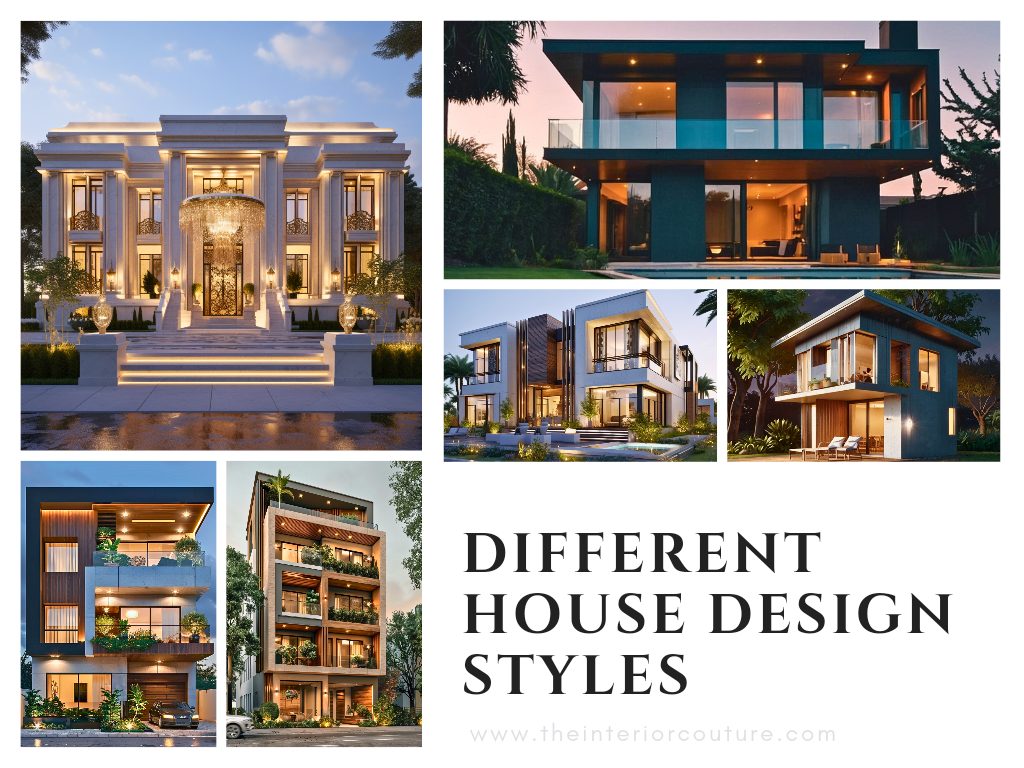
Exploring Different House Design Styles
There are numerous house design styles to choose from, each with its unique characteristics. Here are some popular styles:
Modern House Design:
Modern house design emphasizes clean lines, minimalism, and functionality. It often features open floor plans, large windows, and a neutral color palette.
Single Floor House Design:
A single floor house design, also known as a bungalow, is perfect for those who prefer a more accessible and easy-to-navigate home. It’s ideal for families with young children or elderly members.
Simple Single Floor House Design:
This style focuses on simplicity and practicality. It usually includes essential rooms like bedrooms, a kitchen, and a living area, without any unnecessary frills.
Small House Design:
Small house design maximizes the use of limited space. It’s perfect for those who want a cozy and efficient home without sacrificing comfort.
Normal Village House Design:
A normal village house design often reflects the local culture and traditions. It typically includes features like a courtyard, verandah, and natural materials.
Low Cost Village House Design:
This style focuses on affordability and sustainability. It uses cost-effective materials and construction methods to create a comfortable and functional home.
Low Budget Single Floor House Design:
A low budget single floor house design is perfect for those looking to build a home without breaking the bank. It emphasizes simplicity and cost-efficiency.
Low Budget Simple House Design:
Similar to the low budget single floor house design, this style focuses on affordability and practicality. It includes essential rooms and features without any unnecessary extras.
2 Floor House Design:
A 2 floor house design offers more space and flexibility. It’s ideal for larger families or those who need extra rooms for guests, a home office, or storage.
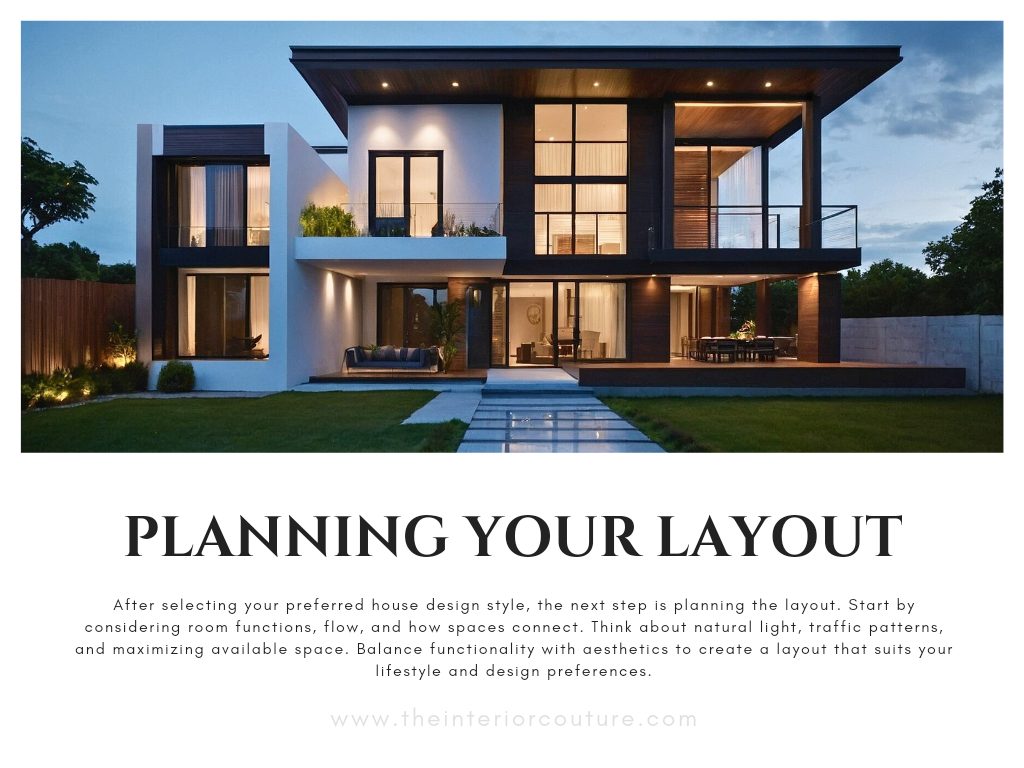
Planning Your Layout
Once you’ve chosen your preferred house design style, it’s time to plan your layout. Here are some tips to get you started:
- Consider Your Needs:
Think about your lifestyle and what you need in a home. Do you need a home office? How many bedrooms and bathrooms do you require? Do you entertain guests often?
- Maximize Space:
Make the most of your available space by planning an efficient layout. Consider open floor plans for common areas like the living room and kitchen to create a sense of spaciousness.
- Prioritize Natural Light:
Natural light can make a significant difference in the look and feel of your home. Plan your layout to maximize the use of windows and skylights.
- Think About Flow:
Ensure that there’s a logical flow between rooms. For example, the kitchen should be easily accessible from the dining area, and bedrooms should be located away from noisy common areas.
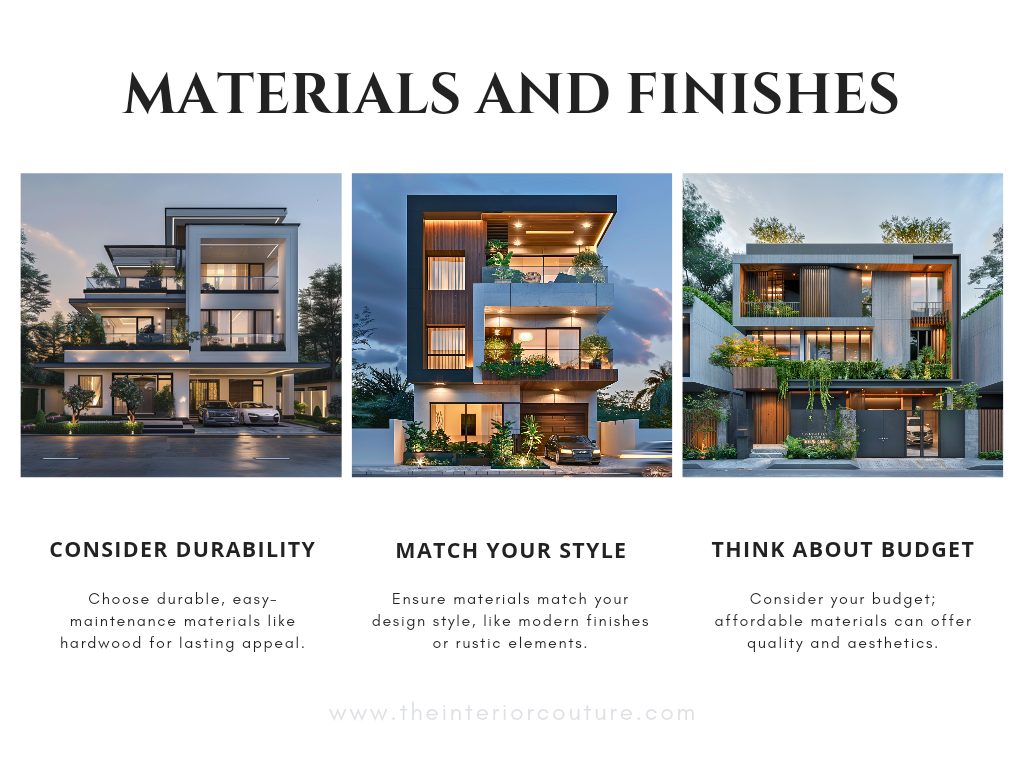
Choosing Materials and Finishes
The materials and finishes you choose can significantly impact the overall look and feel of your home. Here are some tips for selecting the right ones:
Consider Durability:
Choose materials that are durable and easy to maintain. For example, hardwood floors are a popular choice for their longevity and timeless appeal.
Match Your Style:
Ensure that your materials and finishes match your chosen house design style. For example, a modern house design might feature sleek, minimalist finishes, while a normal village house design might include natural materials like wood and stone.
Think About Budget:
Keep your budget in mind when selecting materials and finishes. There are plenty of affordable options that still offer great quality and aesthetics.
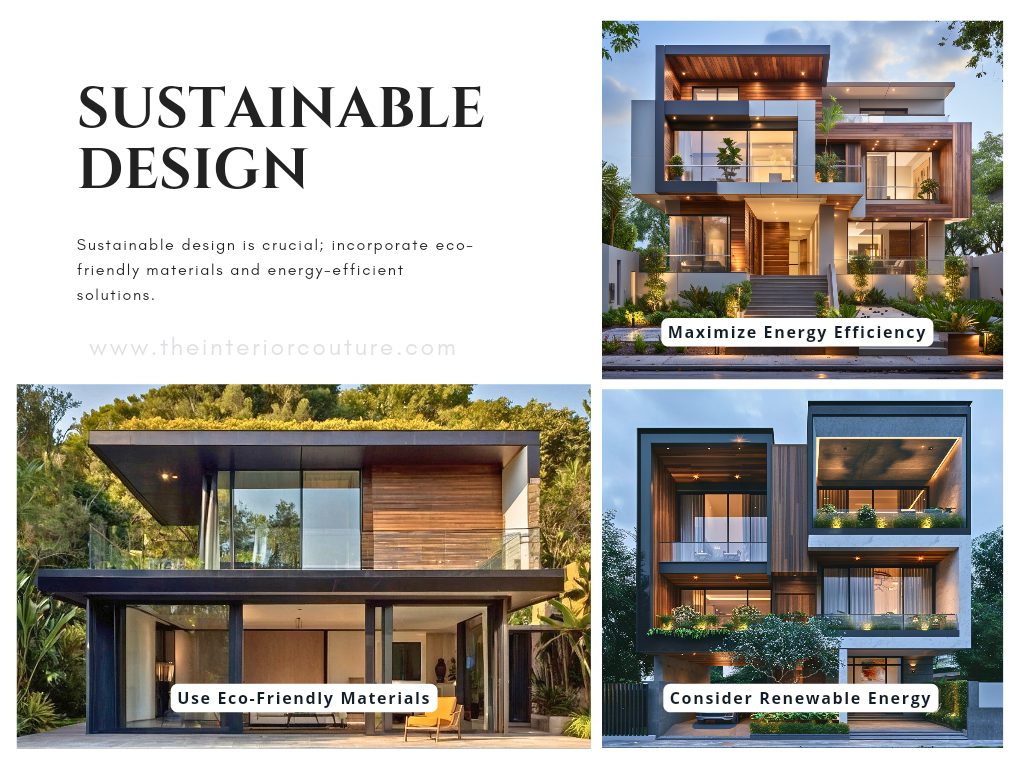
Incorporating Sustainable Design
Sustainable design is becoming increasingly important in house design. Here are some ways to incorporate sustainability into your home:
Use Eco-Friendly Materials:
Choose materials that are environmentally friendly, such as reclaimed wood, bamboo, or recycled metal.
Maximize Energy Efficiency:
Plan your layout and choose materials that enhance energy efficiency. For example, use insulation to reduce heating and cooling costs, and install energy-efficient windows and appliances.
Consider Renewable Energy:
Incorporate renewable energy sources like solar panels or wind turbines to reduce your home’s carbon footprint.
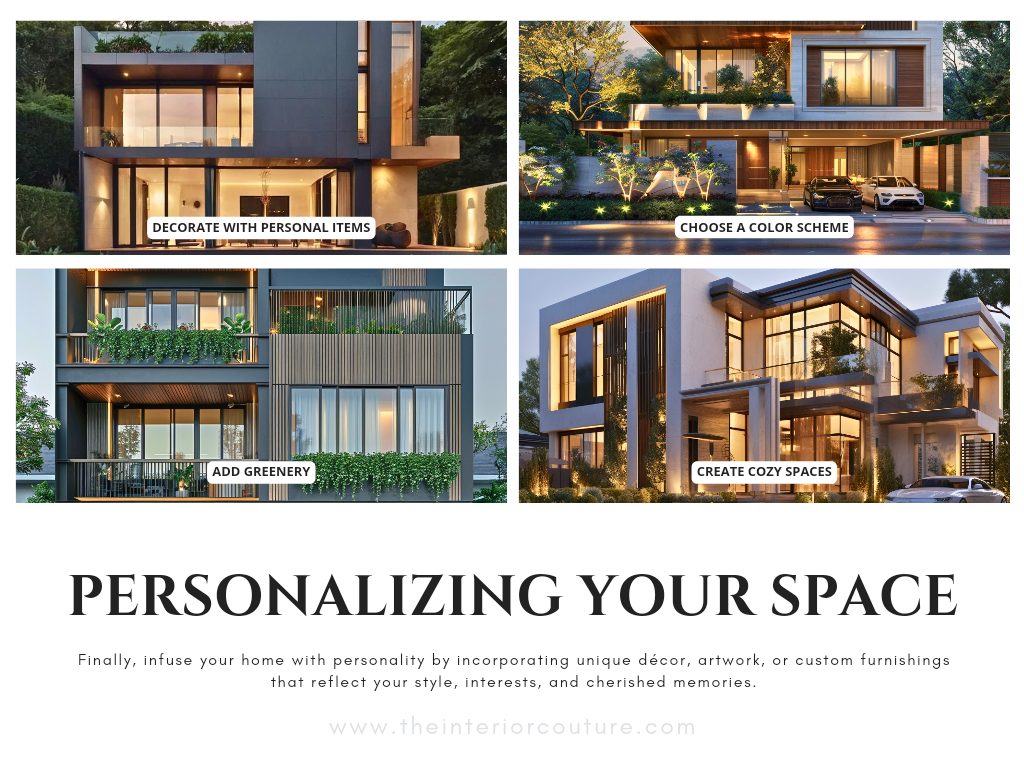
Personalizing Your Space
Finally, don’t forget to add your personal touch to your home. Here are some ideas for personalizing your space:
Decorate with Personal Items:
Display personal items like family photos, artwork, and artifacts to make your home feel uniquely yours.
Choose a Color Scheme:
Select a color scheme that reflects your personality and complements your chosen house design style.
Add Greenery:
Incorporate plants and greenery to bring life and freshness to your home.
Create Cozy Spaces:
Design cozy nooks and corners where you can relax and unwind. Consider adding a reading corner, a window seat, or a cozy fireplace.
Conclusion
Designing your dream home is a rewarding journey that allows you to create a space that reflects your personality and meets your needs. By understanding the basics of house design, exploring different styles, planning your layout, choosing the right materials, incorporating sustainable design, and personalizing your space, you can create a home that you’ll love for years to come. Whether you’re interested in a modern house design, a simple single floor house design, or a low budget village house design, this guide has provided you with the essential information to get started. Happy designing!
